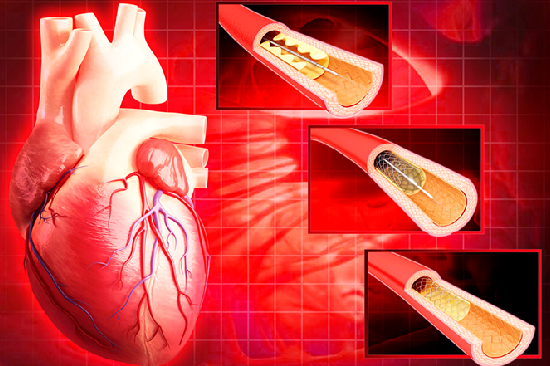- info@healthandfitnessbenefits.com
- +(417) 889-1088
Millions of people are affected each year by cardiovascular disease, which continues to be one of the primary causes of mortality worldwide. However, the field of cardiac intervention has given people with heart-related diseases fresh hope and life-saving options. The importance of cardiac intervention services in Health and Fitness Benefits, the variety of operations they cover, and the profound effects they have on patients' life will all be covered in this blog.
Cardiac intervention services have completely changed how cardiovascular disorders are treated, saving many people's lives and enhancing their quality of life. The area is kept at the forefront of Health and Fitness Benefits thanks to its emphasis on innovation, minimally invasive procedures, and the never-ending search for improved patient outcomes. Cardiac interventions continue to provide people who have heart-related diseases fresh hope and help many people live better, longer lives.


Life-Saving Procedures: Procedures that can save a person's life include cardiac interventions, which cover a variety of treatments for acute cardiovascular diseases such heart attacks and severe blockages.
Minimally Invasive: Many cardiac procedures are minimally invasive, which shortens recovery periods and problems and provides safer substitutes for conventional operations.
Preventive and Therapeutic: Both preventative and therapeutic methods are addressed by these services, including the implantation of stents to lessen potential blockages and therapeutic treatments for pre-existing problems.
Quality of Life: By restoring heart function and reducing symptoms, cardiac treatments can dramatically enhance the quality of life for patients.
Innovative Technologies: As a result of ongoing technical breakthroughs, the area of cardiac intervention may provide patients with access to state-of-the-art therapies.
Stent placement and angioplasty: Coronary Angioplasty: A technique to widen or unblock arteries, frequently followed by the implantation of a stent to maintain the artery open.
Balloon valve replacement: Used to treat heart valve stenosis, especially in the aortic and mitral valves.
Atherectomy: A process that includes clearing arteries of plaque accumulation.
Thrombectomy: Commonly used during heart attacks to remove blood clots from coronary arteries.
Coronary Percutaneous Intervention (PCI): A general word that refers to several treatments for coronary artery disease, including stenting and angioplasty.
Catheterization of the heart: Techniques for diagnosing the heart that produce in-depth pictures of the coronary arteries and other heart structures.
Electrophysiological Techniques: procedures using catheter-based approaches to treat irregular cardiac rhythms, including atrial fibrillation.
Replacement of the aortic valve through transcatheter (TAVR): A minimally invasive process to replace an aortic valve that has been damaged.
Survival and Recovery: By swiftly restoring blood supply to the heart, reducing heart muscle damage, and averting further problems, cardiac procedures can save lives.
Improved Quality of Life: By reducing symptoms like weariness, shortness of breath, and chest discomfort, these treatments help patients live healthier, more active lives.
Preventive measures: Some procedures, such as the implantation of stents, can lower the risk of upcoming cardiovascular events, offering long-term advantages.
Minimally Invasive: Patients who undergo minimally invasive operations have less pain and suffering and spend less time in the hospital recovering.
Innovative Research: Cardiac intervention services are the driving force behind ongoing research and innovation, which helps to continually improve the effectiveness of therapies.